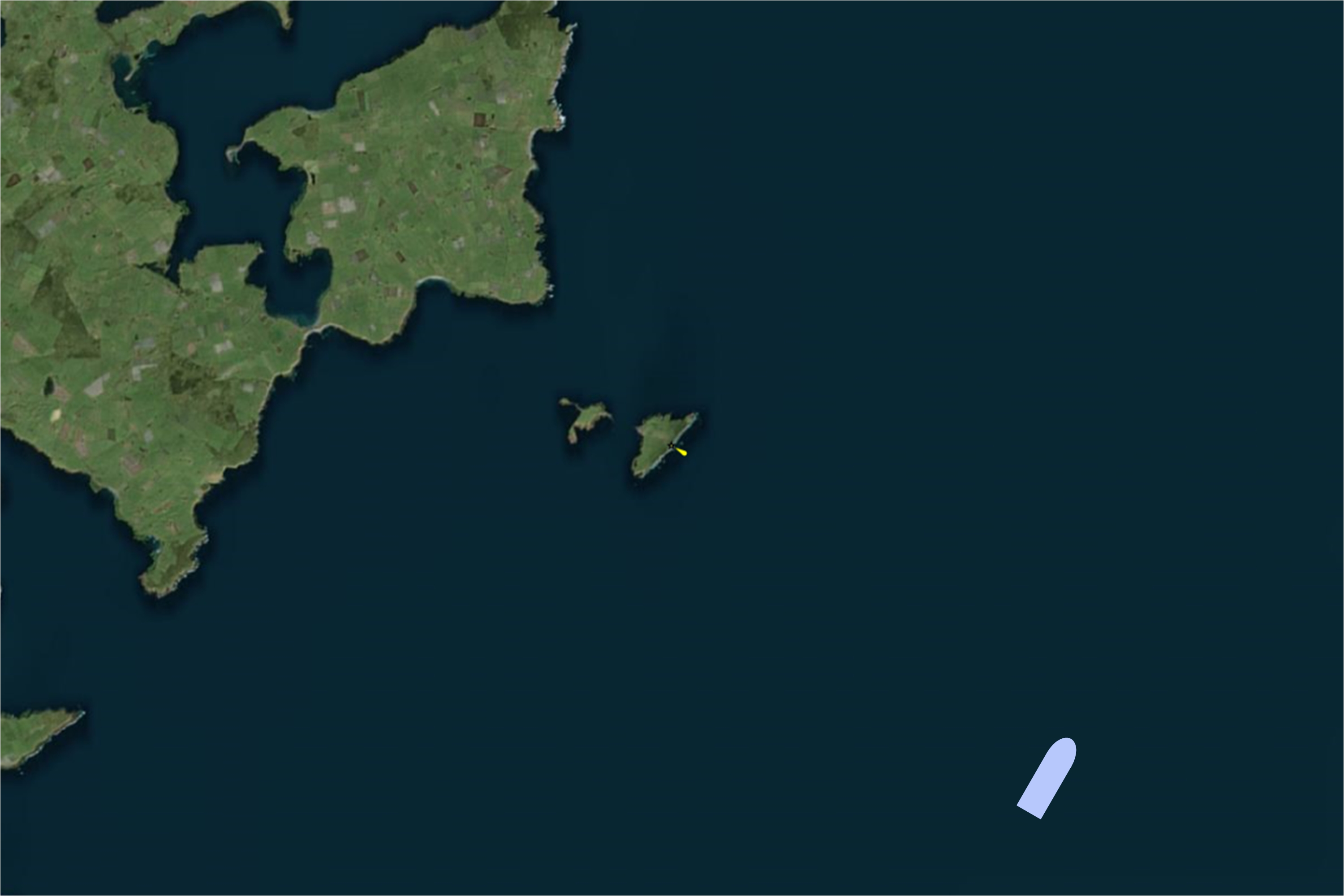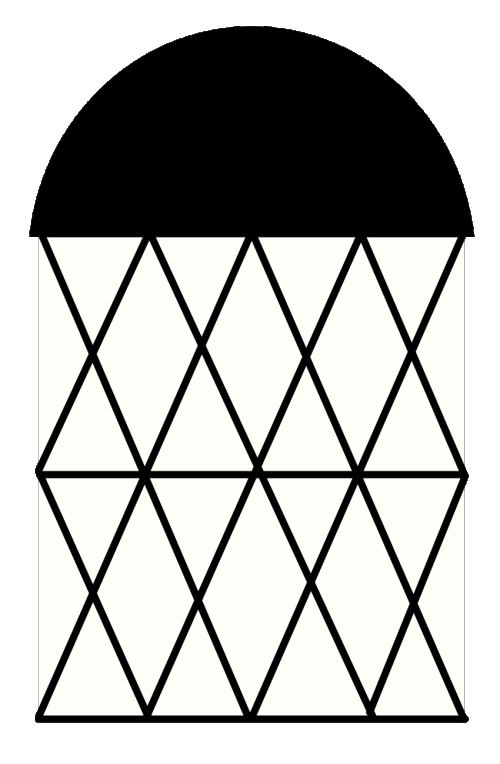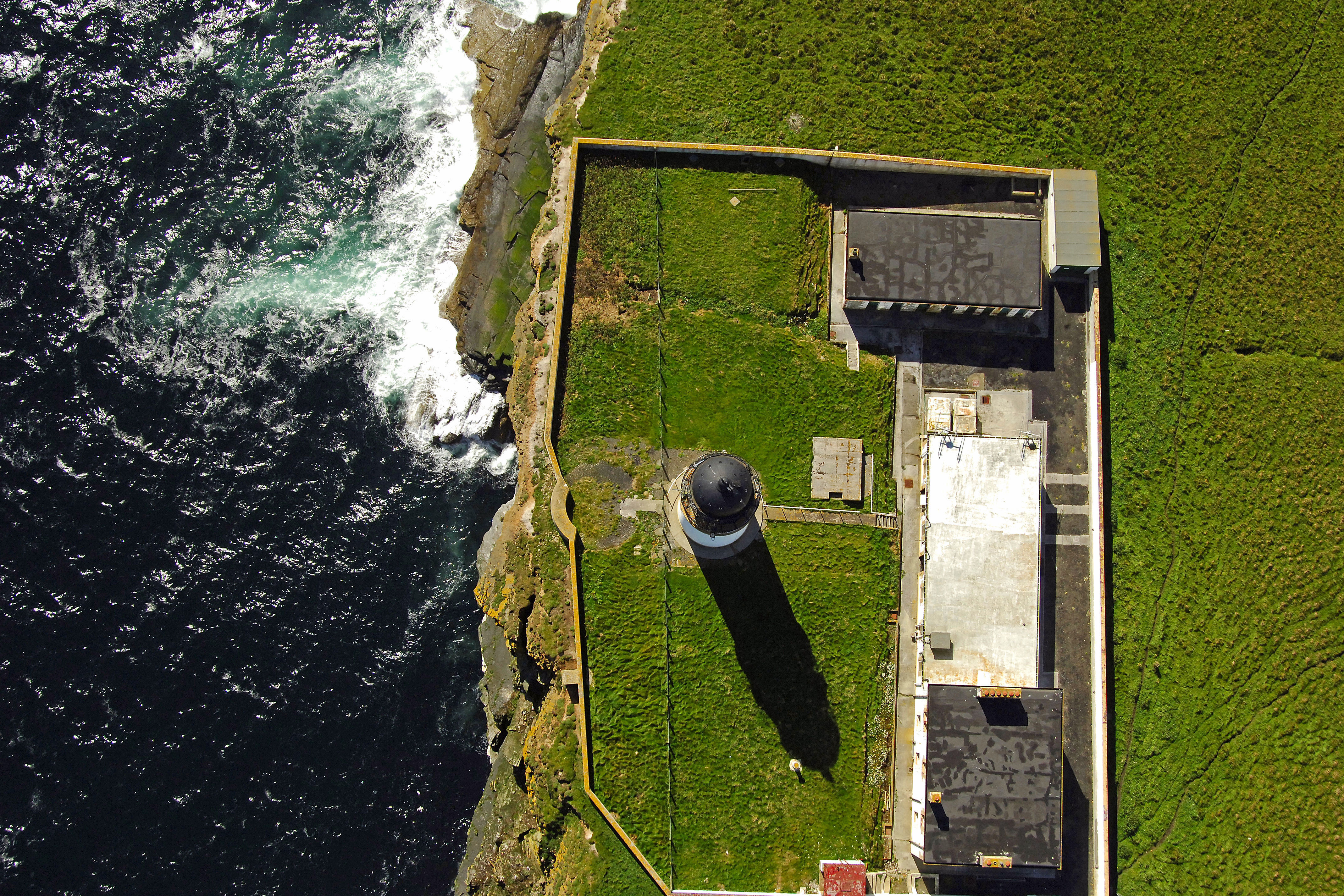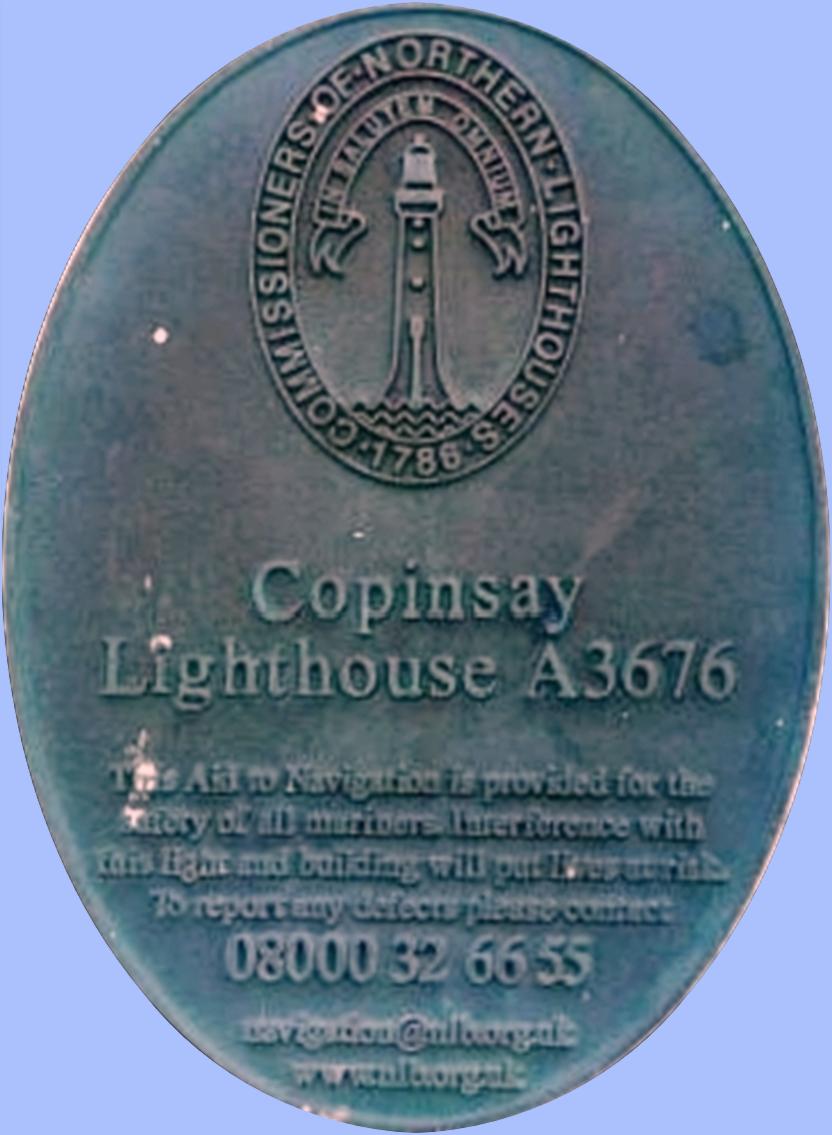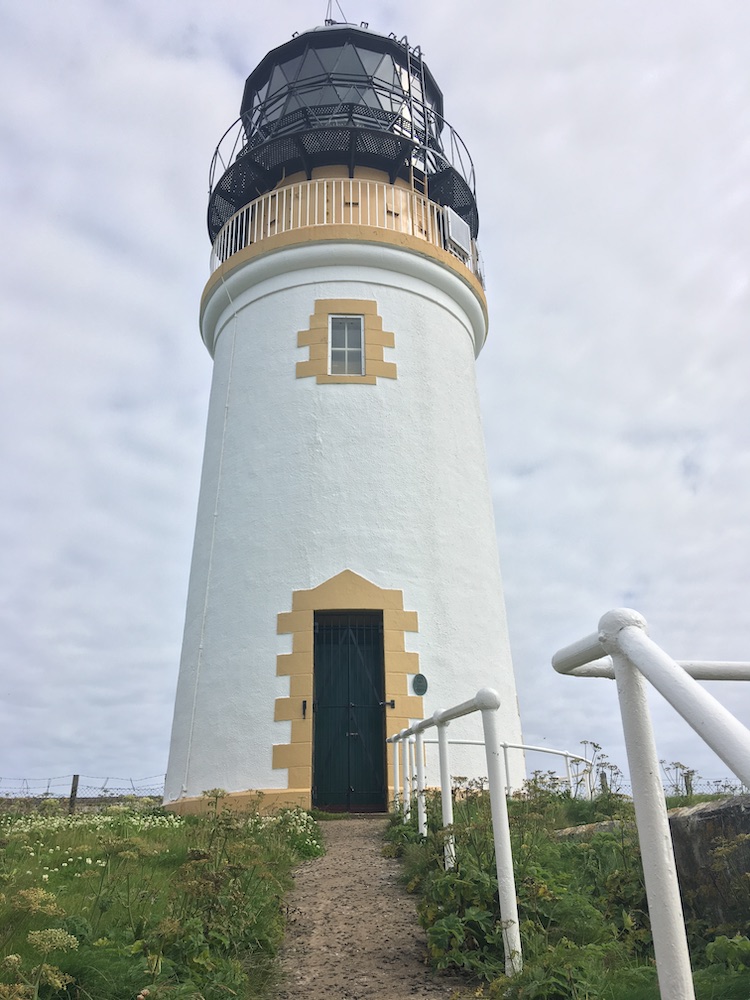
Place of the lighthouse
Copinsay (Old Norse: Kolbeinsey) is located off the east coast of mainland Orkney in Scotland. Copinsay's smaller companion island is Horse of Copinsay and is located to the west of Copinsay. The Horse is uninhabited and is managed as a bird sanctuary. Copinsay is also home to the lighthouse.
For generations, before the last residents moved to the mainland in 1958, Copinsay was full of life. This is evidenced by the large two-storey farmhouse, the Steading (or farm buildings) behind it for the tenants, a school with a primary school teacher and three families of lighthouse keepers.
In the 1930's the land was worked by Mr Groat who had 13 children and between them and the children of the lighthouse keeper they had a live-in teacher on the island. One of those teachers was Clara Ritch, from Windywalls in Graemsay. This was her first position as a teacher. One of the rooms in the farmhouse was the classroom.Building of the Lighthouse
David Alan Stevenson, as engineer for the Northern Lighthouse Board, was responsible for the construction of the last major lighthouse in Orkney. The lighthouse is built on the highest cliff on the southeastern side of the island. The tower is 16 meters high and has an evaluation of 79 meters above sea level.
Two different contractors were responsible for the construction work carried out. The first contractor, Hugh MacDougal of Oban, built the first 30 feet of the tower but went bankrupt during construction. The work was then taken over by Edinburgh's Harry Ramsey Taylor who completed the remaining 7 metres.
The brick and granite were transported from mainland Scotland by 'puffers' which landed on the west side of the island, close to the farm buildings. The materials were then dragged to the top of the cliffs by steam-powered winches. Originally, the guards lived with their families near the lighthouse in the houses built there. (The Clyde puffer is a type of small single-masted coal-fired freighter, built mainly on the Forth and Clyde Canal, which provided a vital supply link around the west coast and the Hebrides of Scotland.)
The 16 meter high brick and white painted tower has all the features of the 19th century lighthouses as built by the Northern Lighthouse, cantilevered walkway with cast iron railing, round lantern with domed roof. All in the NLB color scheme of yellow ocher and black.
In front of the lighthouse on the sea side (east) was the tapered foghorn tower with a round plan. Although this fog horn tower has been demolished, the contours of this tower can still be clearly seen on the light photo (3rd photo in the right column - click to enlarge).
In addition, there are the 2-storey, rectangular lighthouse keeper's houses with a flat roof. These houses have a more 20th century look. Simple but solidly built houses, painted white, 4-pane wooden sliding windows, decorative brackets with cast iron gutters and drains. There is also room within the brickwork for a store/warehouse. Maintenance could be carried out in these buildings and the stocks and the 3 Kelvin diesels for generating compressed air for the fog horn were located.
Warning systems (Light)
The lighthouse was first lit on November 8, 1915, showing five white flashes every 30 seconds. The original range was 21 nautical miles. This has now been reduced to 14 nautical miles. The first lighthouse keeper was Charles J McNeish.
The lighting equipment was a Stevenson equiangular refractor showing a group of flashing white light, five flashes every thirty seconds. The lamp was a kerosene vapor burner using paraffin on the "tilley light" principle and was made by Chance Brothers. The lantern and parapet were made by the firm of James Milne & Son of Edinburgh and cost £1,263 at the time. (£999,300.00 - 2021) They also made the revolving mechanism fitted with a mercury bath at a cost of £465. (£367,900.00 - 2021)
The 1st Order Fresnel lens with mercury bath was fitted in 1984 with a mercury vapor lamp. In 1989 the lighting was replaced by an AGA PRB22 gearless pedal. Today the lighthouse is equipped with a 250 watt mercury vapor lamp. The clock mechanism must be wound every 45 minutes.Warning systems (Fog horn)
The old foghorn was powered by compressed air generated by three Kelvin diesel engines and stored in large air tanks (no longer present). The foghorn character was 4 blasts of 2.5 seconds, every 60 seconds. This character was achieved through a clock that opened and closed the valves as needed. These were made by AC Westwood for £2,299. (£1,819,000 (2021). The total cost of the lighthouse and buildings was £13,400. (£10,600,000 (2021). The fog tower was demolished in 1985.
Operational status
The light was first lit on November 8, 1915. The Light was automated in 1991 and became a Rock station that is controlled remotely from the Northern Lighthouse Board's offices in Edinburgh.
Additional information
In the early part of the 20th century, a weekly postal service provided contact with the mainland and fortnightly shopping trips to Deerness, allowing for the weather. The farm had working horses, cattle and sheep - all of which had to be transported on the "coo" or "cow" boat. Birds' eggs were a good addition to the islanders' diet, and men were lowered over the cliffs and on a special rope. For years, pigs were released onto the Isle of the Horse in the spring, feeding on the birds' eggs. Many interesting facts and stories about life on Copinsay are still being told in the Deerness Community, with many members remembering when the island was home to loved ones.
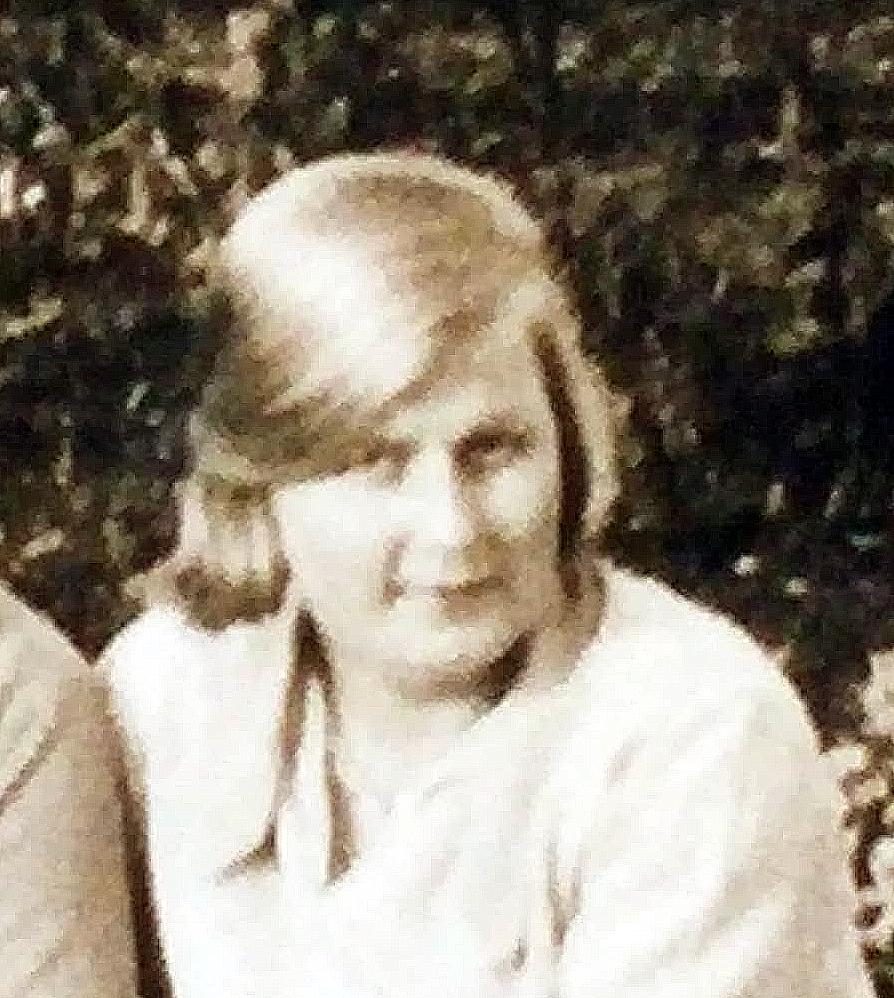
teacher on Copinsay
For generations, before the last residents moved to the mainland in 1958, Copinsay was full of life; the large two-storey farmhouse and beyond that the Steading (or farm buildings) form the tenants of the farm, a school with a teacher and up to three lighthouse keepers and their families. From the lighthouse a path leads down the hill to the old farmhouse. One of this teachers was Clara Ritch, of WindyWalls in Greamsay in the early '1930. This was her first posting as teacher.

The island was purchased in 1972 by the ornithological charity RSPB and dedicated to the late James Fisher, author, announcer and ornithologist. Although Copinsay is uninhabited today, some fields are still being worked on behalf of the RSPB, to try and create suitable conditions for the Corn Crake. As a result, a patchwork of yesteryear returns to the island. There is a large colony of gray seals on the island. They usually pupate in November each year. Puffins can be seen on the adjacent holm eggs in July.
Paul Craig from Burston in Staffordshire bought the former keepers cottage for use as a holiday home in 1991. He used Scottish Hydro Electric to try and connect the cottage to the grid in 1993, but they needed nearly a million pounds to get the job done to connect.



 Update: 01-03-2025
Update: 01-03-2025